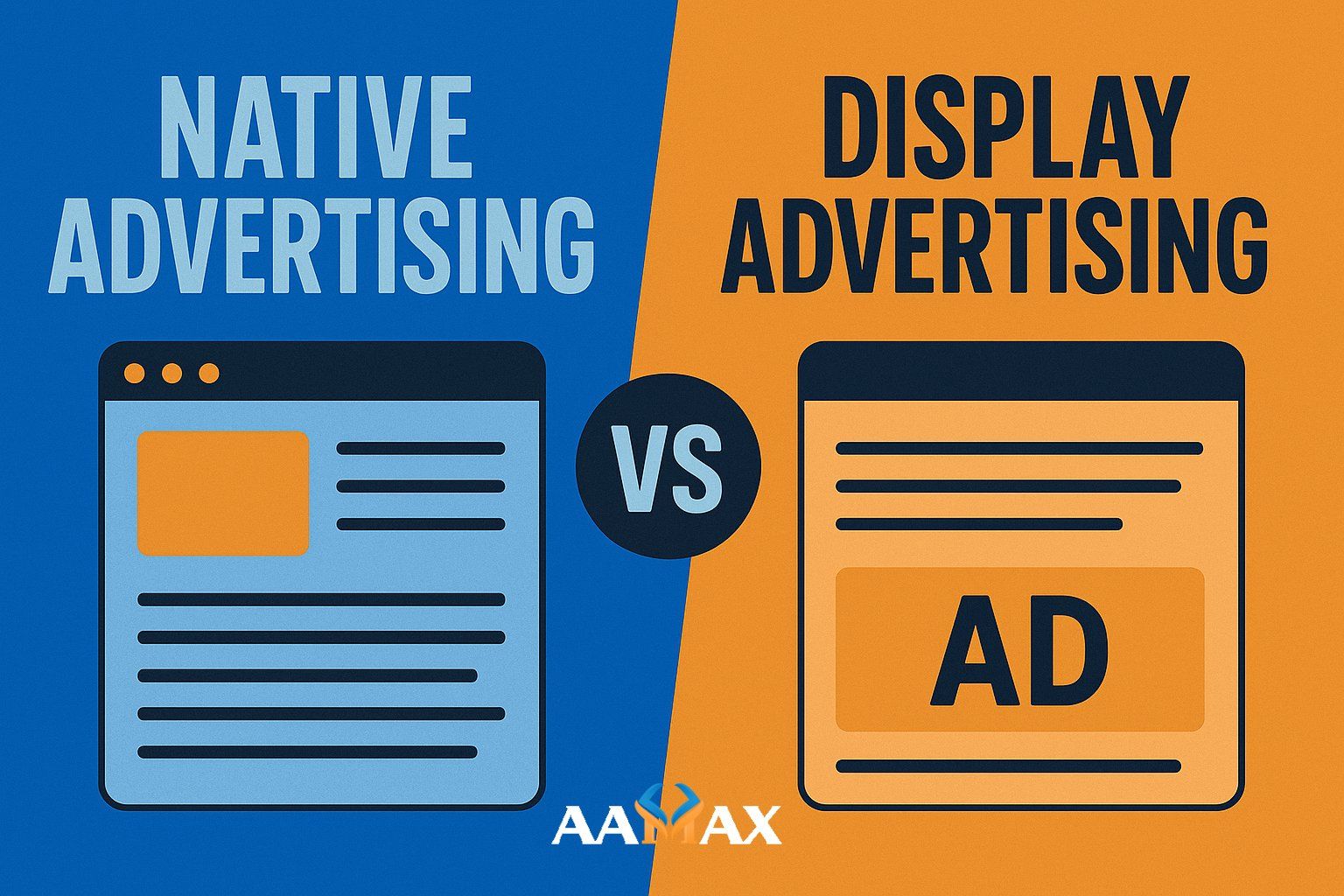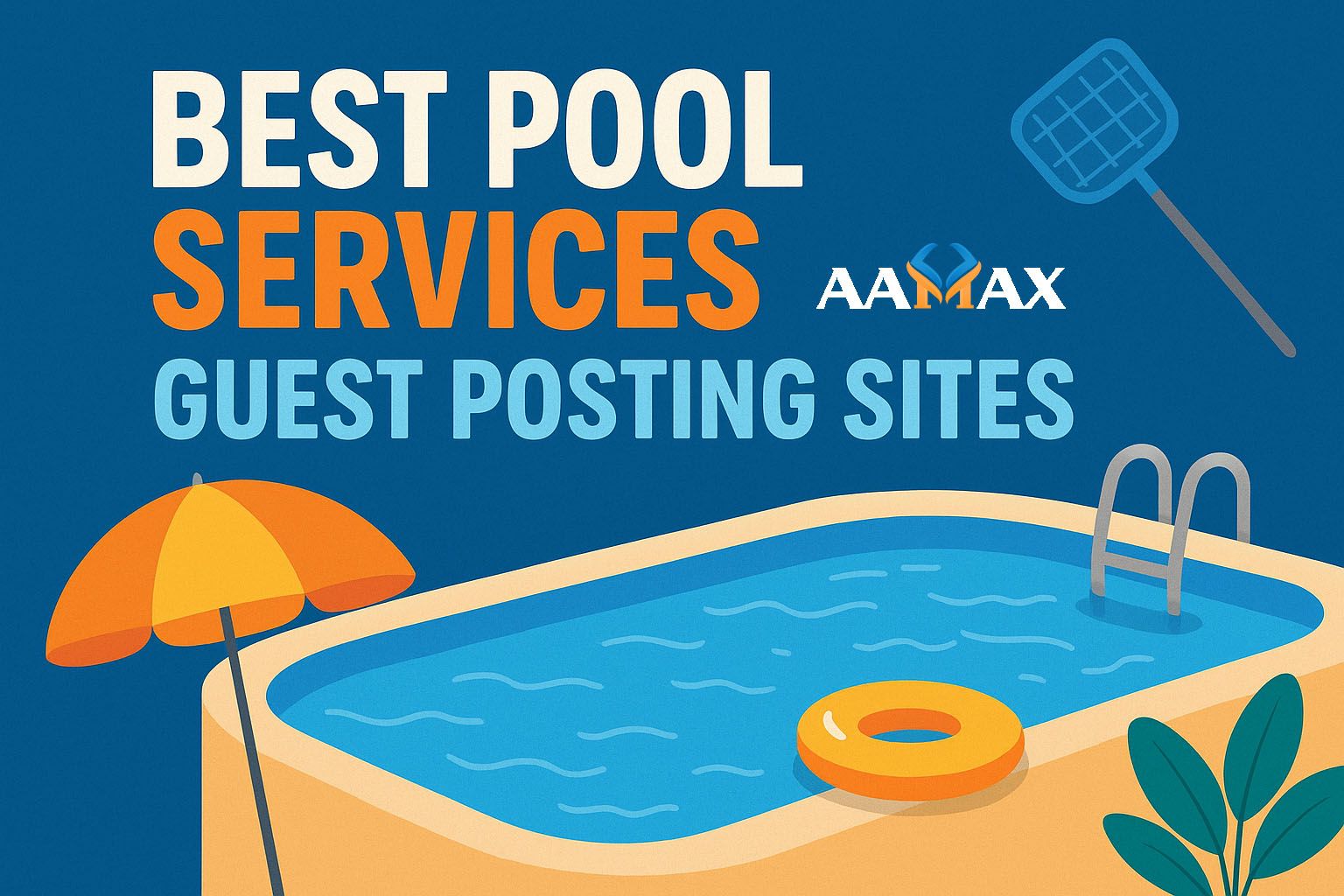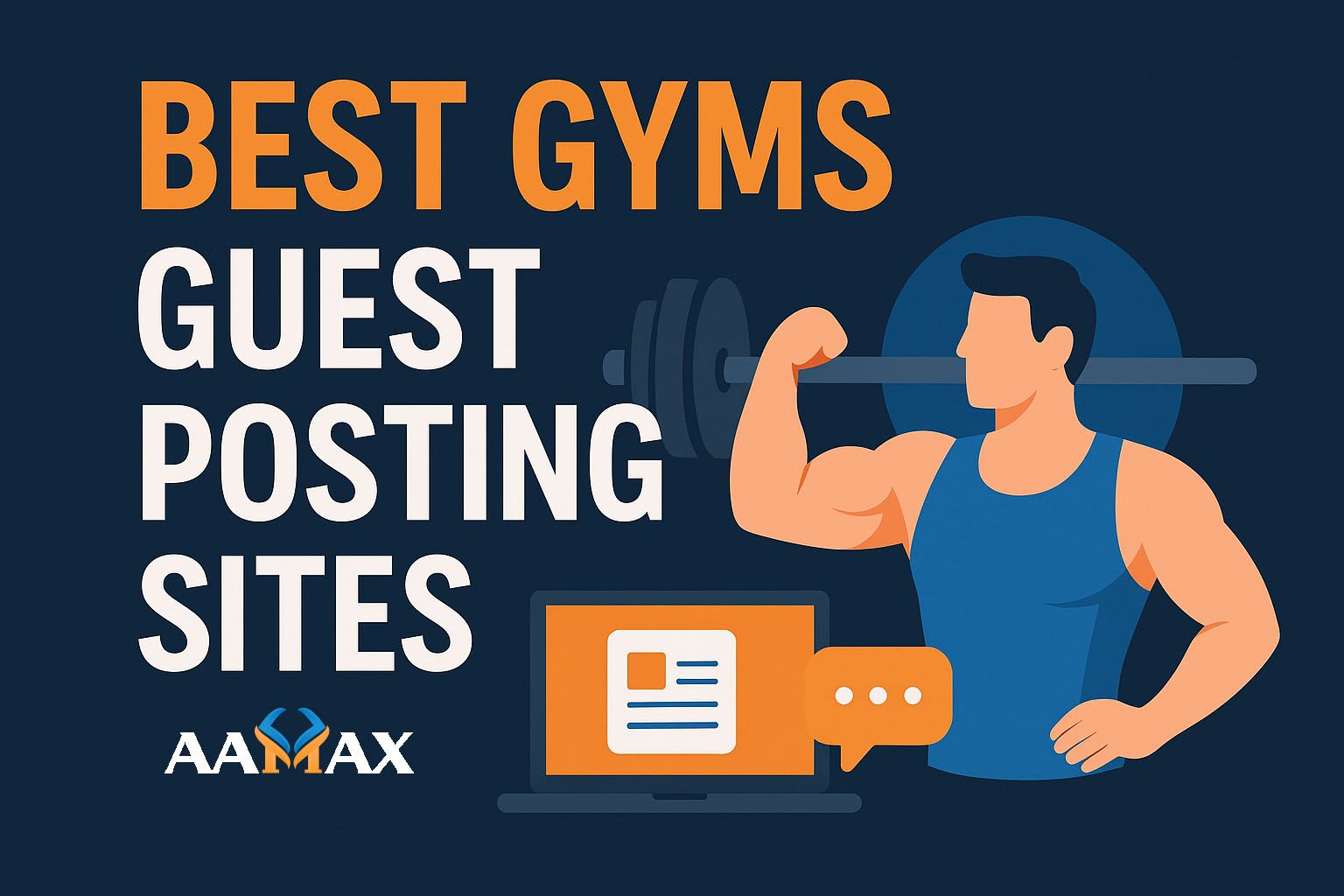
Native Advertising vs. Display Advertising
In today's rapidly evolving digital marketing landscape, businesses must carefully choose how they present their brand online. Among the most discussed forms of online advertising are native advertising and display advertising. Each offers unique benefits and challenges, and understanding their differences is crucial for running a successful digital marketing campaign.
This article dives deep into native advertising vs. display advertising — exploring how they work, their pros and cons, and when to use each effectively. Whether you're a small business owner, marketer, or entrepreneur, this comprehensive comparison will help you decide which approach aligns best with your goals.
What is Native Advertising?
Definition
Native advertising is a form of paid media where the ad experience follows the natural form and function of the user experience in which it is placed. In simpler terms, native ads are designed to blend seamlessly with the content surrounding them.
They do not “look” like traditional ads. Instead, they appear as editorial content, recommendations, or promoted listings. You’ve likely seen native ads in social media feeds, recommended content sections on websites, or even within Google’s own platforms.
Examples of Native Advertising
- Sponsored articles on news websites
- Promoted tweets on Twitter
- Sponsored posts on Facebook and Instagram
- "You may also like" recommended articles
- Promoted listings on e-commerce platforms
Types of Native Ads
- In-Feed Ads: Appear within the natural content feed, such as Facebook or Instagram.
- Search Ads: Sponsored listings on Google or Bing.
- Recommendation Widgets: Platforms like Outbrain or Taboola deliver these.
- Promoted Listings: Found on sites like Amazon or Etsy.
- Custom Content Units: Highly tailored ads that integrate deeply with a site’s interface.
What is Display Advertising?
Definition
Display advertising refers to graphical ads shown on websites, apps, or digital marketing services. These ads typically include images, videos, banners, or animations, and are visually distinct from the content on the page.
Unlike native ads, display ads are easily recognizable as advertisements. They're usually placed in designated ad spaces such as sidebars, headers, or footers.
Examples of Display Advertising
- Banner ads on websites
- Sidebar ads on news sites
- Pop-ups or interstitials
- Google Display Network ads
- YouTube pre-roll ads
Types of Display Ads
- Banner Ads: Rectangular ads at the top or side of a web page.
- Video Ads: Embedded or pop-up videos, including pre-roll ads.
- Rich Media Ads: Interactive ads with animations or transitions.
- Interstitial Ads: Full-screen ads that appear between content.
- Retargeting Ads: Ads that follow users based on browsing history.
Key Differences Between Native and Display Advertising
Native advertising and display advertising are two prominent online marketing strategies, each with distinct characteristics and advantages. Native advertising is designed to blend seamlessly with the surrounding content, matching the platform’s tone, format, and style. This integration leads to higher user engagement because it feels less intrusive, making users more likely to interact with it. As a result, native ads often achieve higher click-through rates (CTR) and experience lower levels of ad blindness.
In contrast, display advertising is more visually striking and clearly separate from editorial content. These ads are typically banner or image-based and are easily recognizable as advertisements. While this makes them straightforward and quick to produce, it also means they are more likely to be ignored by users due to banner blindness, a phenomenon where users subconsciously skip over obvious ads.
Display ads rely heavily on graphics and design elements, making them ideal for visual branding and retargeting strategies. Native ads, on the other hand, require more thoughtful content creation to align with the user experience on the hosting platform.
Ultimately, the choice between native and display advertising depends on campaign goals. Native ads are best for engagement and storytelling, while display ads are effective for quick brand visibility and direct response marketing.
Advantages of Native Advertising
1. Higher Engagement
Native ads blend into the content, making users more likely to engage. Studies show that users view native ads 53% more frequently than display ads.
2. Improved Trust and Credibility
Because native ads are non-disruptive, they don’t scream “sell,” which helps build user trust and credibility.
3. Better Performance on Mobile
Native formats are particularly effective on mobile devices, where space is limited and user attention is fleeting.
4. Content-Driven Approach
With native advertising, you’re not just selling — you’re providing value. This aligns with content marketing strategies and improves brand storytelling.
Disadvantages of Native Advertising
- Time-consuming content creation: Writing articles or creating native video content takes time.
- Possible user confusion: Users may not immediately realize they’re viewing an ad, which may raise ethical concerns.
- Harder to scale quickly: Unlike display ads, native campaigns require tailored assets for each platform.
Advantages of Display Advertising
1. High Visibility
Display ads are bold and eye-catching, perfect for brand awareness and visibility campaigns.
2. Easier to Set Up and Scale
You can launch and scale display campaigns quickly using tools like Google Ads, making it ideal for fast-paced campaigns.
3. Better for Retargeting
Display ads are extremely effective for retargeting. You can re-engage users who visited your site but didn’t convert.
4. Strong Visual Appeal
If your brand relies on visual content — like fashion, art, or real estate — display ads let your products shine.
Disadvantages of Display Advertising
- Lower CTRs: Due to ad fatigue or banner blindness.
- Ad Blockers: Many users now use ad blockers, which can prevent display ads from appearing.
- Less Engaging: Users often ignore or dismiss display ads quickly.
When to Use Native Advertising
Native advertising works best in the following scenarios:
- Content marketing campaigns: Promoting blog posts, whitepapers, or videos.
- Brand storytelling: When you want to tell a deeper story.
- Top-of-funnel engagement: Capturing attention without being salesy.
- Mobile campaigns: Especially on platforms like Facebook, Instagram, or TikTok.
When to Use Display Advertising
Display advertising is more suitable when:
- You want fast results: Display ads can drive instant traffic.
- Retargeting: When reaching users who didn’t convert the first time.
- You have strong visuals: Fashion, real estate, or automotive sectors.
- You want widespread reach: For awareness-based campaigns.
Performance Metrics: How They Compare
Native Advertising Metrics
- Click-through rate (CTR)
- Time on site
- Engagement rate (comments, shares)
- Conversion from content (downloads, signups)
Display Advertising Metrics
- Impressions
- CTR
- Conversion rate
- Cost-per-click (CPC)
- Viewability rate
Generally, native ads outperform display ads in terms of engagement and CTR, while display ads often win in impressions and visibility.
Cost Comparison
Cost varies based on platform and targeting, but generally:
- Native Ads: Higher cost per engagement (CPE), but better ROI due to higher quality traffic.
- Display Ads: Lower CPC, but often lower conversion rates due to less engagement.
Trends and Future Outlook
Native Advertising Growth
Native advertising continues to grow as more platforms like TikTok, LinkedIn, and Instagram optimize native formats. In fact, native ads are expected to make up 74% of total U.S. display ad revenue by 2026.
AI in Display Advertising
With AI and machine learning, display ads are becoming smarter — allowing hyper-personalized targeting and real-time optimization.
User Behavior Shift
As users demand more authentic, less intrusive content, native advertising becomes increasingly favorable. Meanwhile, display ads are becoming more reliant on rich media to maintain effectiveness.
Choosing the Right Strategy
The best strategy isn’t always native or display — often, it’s a combination of both.
- Combine native and display in a full-funnel campaign: use display ads for awareness and retargeting, while using native ads for education and engagement.
- A/B test both formats to see which performs better for your audience and objective.
- Use native ads on content-rich platforms and display ads on high-traffic websites.
Conclusion
Both native and display advertising play vital roles in digital marketing. Understanding their key differences helps you use each more effectively. If your goal is to engage, educate, and build trust, native advertising is the better route. If your aim is high visibility and fast conversions, display ads are your friend.
Ultimately, your choice should align with your marketing goals, target audience, content strategy, and available resources.
If you're looking for expert guidance to execute your native or display advertising campaigns effectively, consider hiring AAMAX. AAMAX is a full-service digital marketing company specializing in web development, SEO services, and digital marketing solutions tailored to help your business thrive online.
With professional expertise and hands-on support, AAMAX can help you craft the perfect advertising strategy that blends creativity, performance, and measurable ROI.







